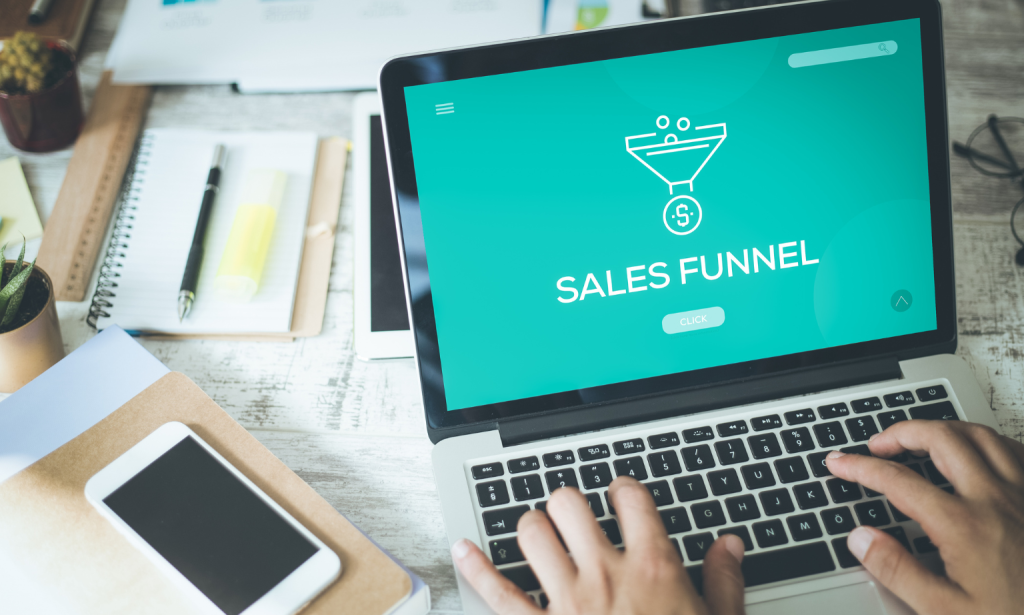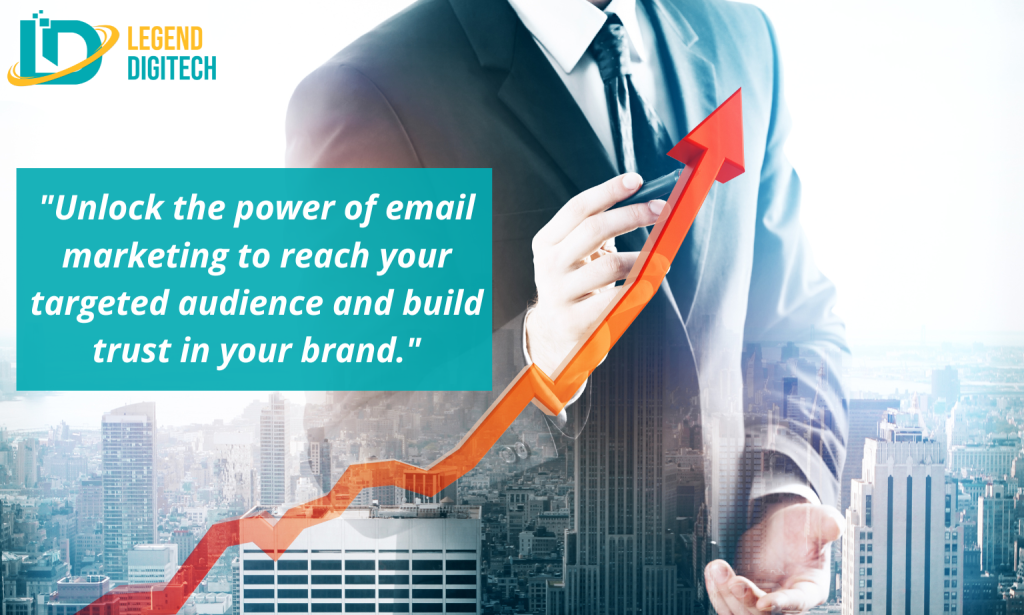
For every marketing effort, the goal is to bring down consumers into the sales funnel, that is, from leads to sales. The sales funnel starts with the consumer being aware of your brand, product, or service, then considering if they buy from you or not, developing preferences from the comparisons they made, purchasing from you, becoming loyal to your business, and finally, even advocating your brand.
Generally, to bring them down your sales funnel, you market to the community that does not know your business yet, get them engaged, educate those who are thinking of purchasing, convert ready-to-buy consumers, and engage with previous customers again.
For startups, digital marketing is an effective way to reach target audiences and convert prospects into customers. From creating content that educates and informs to running paid advertisement campaigns, digital marketing can help startups build brand awareness and generate leads.
Strategies such as search engine optimization (SEO), email marketing, and social media marketing can help startups reach more customers and increase conversion rates. By leveraging the power of digital marketing for startup can maximize their reach and make their products and services more visible.
AWARENESS STAGE
People have to know about and trust your business enough so they would buy from you. To do so, you need to build awareness among your audience about your business and establish yourself as an industry leader. To do so, you can use marketing strategies such as blogging, social networking, pay-per-click campaigns, and even traditional marketing.
Blogging is a great way to bring organic traffic to your site. Businesses that blog have way more site traffic than their non-blogging counterparts, putting them ahead of their competitors. Social networking is also a great way to get into a community. Behind-the-scenes communication in social media gives your business social proof, making way for the audience to realise your credibility.
Another method to build awareness for your brand is to invest in pay-per-click campaigns. You will only pay when an audience clicks on the ad or how many impressions it receives. Finally, traditional marketing still works, also known as traditional public relations. Traditional public relations marketing includes live events, print publications, direct mail, traditional advertising, and television commercials. All these may be offline, but customers can still act on the ads right away, such as SMS calls to action in a television commercial.

CONSIDERATION STAGE
The audience that are already familiar with your business, they may already be in the consideration stage. Engage with them at this point, such as encouraging them to make small commitments before they even buy from you. You can offer them a lead magnet, providing solutions to their problems in exchange for their email address.
Lead magnet serves as a bribe to potential customers in exchange for their contact details. This kind of small commitment can lead to bigger ones, potentially leading to sales. To push consumers down to purchasing path, you can create landing pages, put calls to action (CTAs) on each of your site pages, and offer contact forms.
Having a landing page with a call to action where you send the traffic can help you obtain the potential customers’ contact details. Since a landing page is more relevant to what your visitors need, it provides more opportunities for conversion. However, a landing page should not be the only section where you put calls to action. Every page should have.
Here, you decide what specific actions you want your audience to do, such as setting up an appointment, completing a contact form, watching a video, or downloading a paper.
Make sure you upgrade your content from time to time so you can also update your CTAs, such that when you offer exclusive bonus content when they sign up to your email list. On the other hand, contact forms are also great ways to add subscribers. Many sites end with a simple CTA of completing a form.
PREFERENCE STAGE
At this stage, you will want to educate your potential customers more about your services or products to make them know if your offers would suit them. To do so, you can use marketing methods such as email, drip marketing, and CRM and sales integration. Email marketing is a powerful means to reach a targeted audience base, establishing their trust in your brand. The moment they sign up to your email list, that already means they are interested in your content or offers. Plus, email marketing comes at a low cost.
Drip marketing, on the other hand, is a set of email messages that are pre-written and sent to prospect customers over time. You can also use Customer Relationship Management (CRM) software to track current and future customer interaction, which allows you to determine where they are in the sales funnel.

PURCHASE STAGE
An average customer will have to be offered seven times about the sale before they can be ready to purchase. You can do this through eCommerce promotion, targeted, transactional content, and social monitoring. Through eCommerce promotion, you can upgrade your checkout page through live chats, free shipping offers, and more. You can remind your audience to purchase your products on popular holidays through email marketing too.
You can also send targeted content to both prospect and existing customers, especially to those who abandoned their shopping cart or viewed a certain product many times but didn’t buy. Offering these customers free shipping options can help you win them over for purchase. Another way to determine customers who are ready to purchase is through social monitoring. OptinMonster, for example, with they are A or B options or split tests, redirects customers to the sales page if yes and closes the campaign if no.
LOYALTY STAGE
The goal in this stage is to make another sale and make repeat customers all over. This can be done through referrals, resells, upsells and cross-sells, reminders, and sending them thank yous. Make sure to ask your customers if they know about someone else who might benefit from your product, then offer them a discount when they make referrals on their next purchase.

Resell the same products to your previous customers too, as most likely, they just need another little nudge to once again buy a product they loved. Additionally, you can entice them to buy more expensive products during and after the sale. Don’t forget to send them thank you notes too for buying from you. Seeking professional marketing experts can greatly help too. You can turn to Legend Digitech for your digital marketing needs. Reach us today!


0 Comments